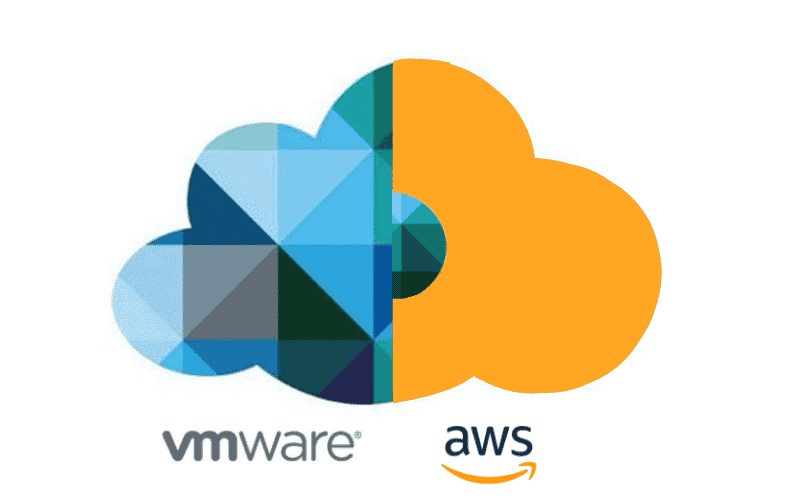
Logicata AI Bot
February 18, 2025
The Logicata AI Bot automatically transcribes our weekly LogiCast AWS News Podcasts and summarises them into informative blog posts using AWS Elemental MediaConvert, Amazon Transcribe and Amazon Bedrock, co-ordinated by AWS Step Functions.
In this week’s episode of LogiCast, the AWS News podcast, host Karl Robinson was joined by co-host Jon Goodall and special guest Ryan Cormack, an AWS Community Builder and Principal Engineer at Motorway, to discuss the latest developments in the world of Amazon Web Services. The conversation covered a range of topics, from new feature announcements to quarterly results and documentation updates. Let’s dive into the key points discussed in this episode.
AWS Step Functions Expands Data Source and Output for Distributed Map
The first topic of discussion was a recent feature announcement regarding AWS Step Functions. Jon, a self-proclaimed fan of Step Functions, explained that this service is used for distributed orchestration of serverless workflows, particularly for event-driven processes. The new feature expands the capabilities of the distributed map state, which allows for parallel processing of large datasets.
Jon elaborated on the difference between the original map state and the distributed map: “The original map had, I think, something like 40 concurrent [executions] that you could do at the same time, and then distributed map is something stupid like 10,000 or something ridiculous.”
The new update allows users to pull in different file formats from S3 using JSONL (JSON Lines) and supports semicolon and tab-delimited files. This enhancement reduces the need for data manipulation before processing, as Ryan pointed out: “I think the big benefit here for a lot of people is that they don’t have to change their maybe comma-separated data sets into a CSV file. We can just start using some of the more native processing capabilities that we’re going to get in Step Functions.”
Jon added that this feature is particularly useful for those working with Excel files, which often use tab-delimited formats. The ability to work with these files directly in Step Functions streamlines the workflow process.
Cloud Formation Stack Refactoring
The second article discussed was about AWS CloudFormation’s new stack refactoring feature. This update aims to address the common issue of having one massive CloudFormation stack for all resources, which can lead to slow updates and potential errors.
Jon explained the problem with large stacks: “You don’t really want massive CloudFormation stacks because it makes the process of updating them slow and a bit risky and potentially error-prone.” He compared the new feature to Terraform’s ability to move resources between state files, which was previously difficult to achieve with CloudFormation.
Ryan shared his past experiences with CloudFormation limitations: “I got stung years ago when it was 150 resources, then your Lambda functions, API gateways, your execution rules, your invocation rules, resource policies, a bunch of stuff. It kind of looks kind of quick, and I got stung in the past there.” He expressed enthusiasm for this new feature, stating that it could have “the largest or biggest benefit to the most amount of people” among the recent AWS announcements.
Both Jon and Ryan agreed that while this feature is a step in the right direction, it may not solve all the issues associated with CloudFormation. Jon suggested that tools like CDK or SAM might still be preferable for certain tasks, such as Lambda packaging.
AWS Verified Access Support for Non-HTTP Resources
The third topic of discussion centered around AWS Verified Access, which recently added support for non-HTTP resources. Ryan was particularly excited about this feature, as it offers a solution to the challenge of securely accessing private resources within AWS environments.
Ryan explained: “Verified access allows this, I guess, almost like zero trust process into accessing where is essentially private resources.” He highlighted how this feature eliminates the need for managing bastion hosts or jump boxes, which have traditionally been used to access private databases and other resources.
Jon compared this feature to EC2 Instance Connect endpoints but noted that Verified Access offers more flexibility in terms of port access. However, he expressed concerns about adoption rates, stating, “I don’t think it’s gonna get mass adoption until it starts integrating better with third-party tools.”
Ryan countered by emphasizing the benefits of AWS natively offering this zero-trust access solution and its potential integration with other AWS services like API Gateway and AppSync.
AWS Quarterly Results and AI Demand
The conversation then shifted to AWS’s recent quarterly results, which showed significant growth in both revenue and profits. The article from Computer Weekly highlighted that this growth was partly attributed to increased demand for AI and public cloud services.
Karl pointed out the impressive numbers: “Revenue jumped 19% to $28.8 billion versus last year and profits up to $10.6 billion from, I think, $7.1 the same quarter last year.” However, he questioned whether the growth could be directly attributed to AI demand.
Jon expressed scepticism about the direct correlation but acknowledged that AI is likely a significant cost driver for AWS in terms of infrastructure needs. Ryan shared his personal experience with AI tools, noting that they are becoming an increasingly important part of his AWS usage and billing.
The group also discussed Mark Zuckerberg’s recent claim that AI agents would replace mid-level developers at Meta by 2025. Jon strongly disagreed with this prediction, stating, “I don’t think this is gonna replace developers at all, ever under any circumstances.” Ryan added that while AI tools are helpful for certain tasks, they are not yet capable of replacing core business logic development.
AWS Documentation Updates
The final topic of discussion focused on recent updates to AWS documentation. Karl praised the overall quality of AWS documentation, and Ryan agreed, stating, “I don’t think that AWS docs, in general, get enough love or appreciation for, I think, really, just how good they really are.”
The group discussed new features such as decision guides, which aim to help users choose between similar AWS services. Jon expressed some scepticism about the usefulness of these guides for experienced users but acknowledged their value for newcomers to AWS.
Ryan highlighted the potential of AI in enhancing documentation: “I think good documentation is going to help supercharge the AI’s doing things for you in a helpful way.” The group also touched on the use of AI-powered tools like Amazon Q, Perplexity, and GitHub Copilot for coding assistance and documentation searches.
Conclusion
This episode of LogiCast AWS News provided valuable insights into recent AWS developments, from new feature announcements to broader trends in cloud computing and AI. The discussions highlighted the continuous evolution of AWS services and the growing impact of AI on cloud infrastructure and development practices.
As AWS continues to innovate and expand its offerings, it’s clear that developers and engineers must stay informed about these changes to make the most of the available tools and services. The conversations in this podcast episode underscore the importance of ongoing learning and adaptation in the rapidly changing world of cloud computing.
This is an AI-generated piece of content based on the Logicast Podcast Season 4, Episode 7.





